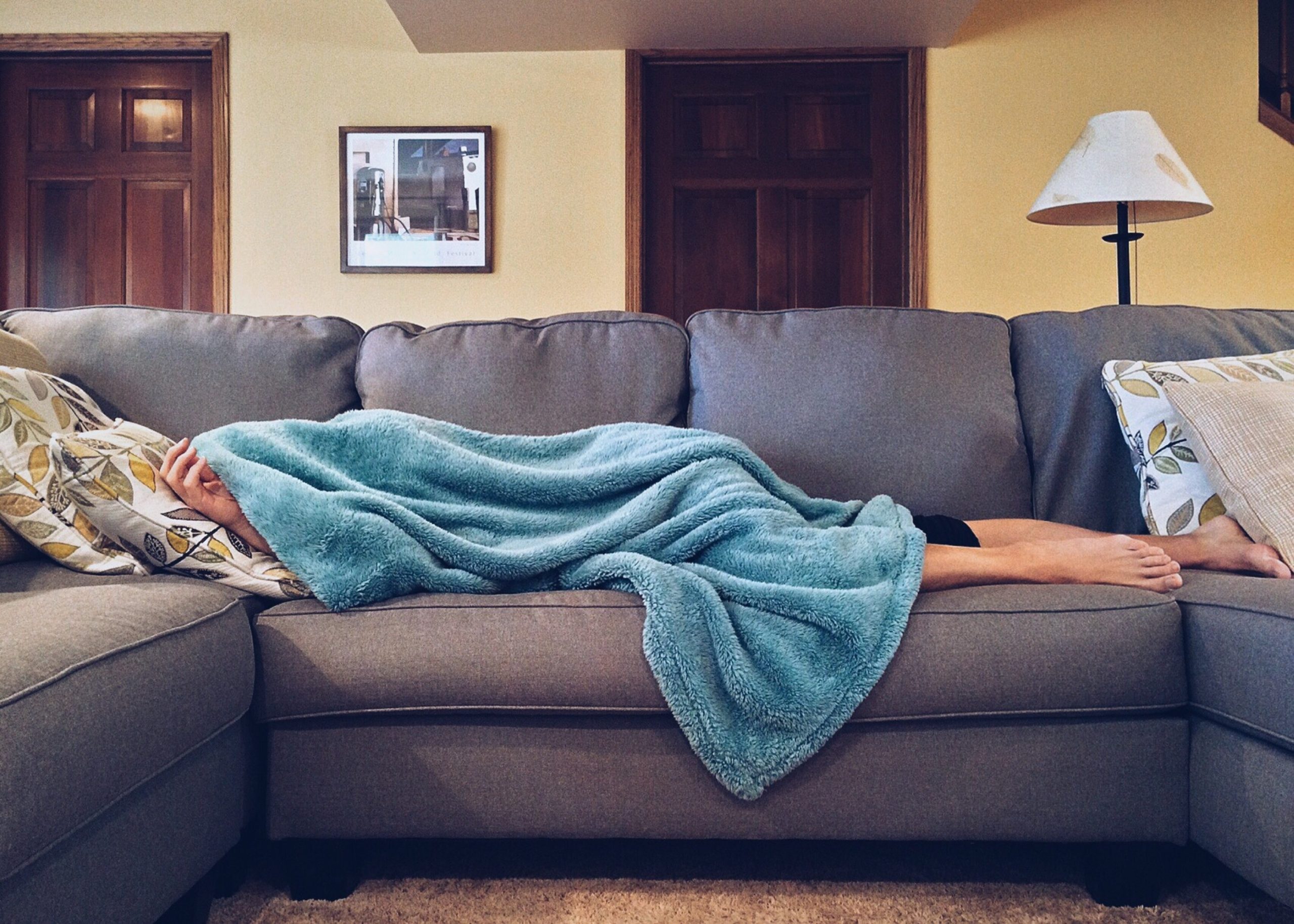We have all experienced that late afternoon slump. You start to lose focus, feel a bit groggy and need a little pick me up to get through the day. Taking a nap can not only give you an energy boost, but it can also improve your cognitive performance, aiding alertness and memory.
There are actually different classifications of naps. You take a replacement or compensatory nap when you are tired, while napping to make up for future sleep loss is called prophylactic napping. Leisurely napping or napping from boredom is considered recreational or appetitive napping. But no matter the reason, naps have a purpose! These quick snatches of sleep are good for your mind and mood.
A Harvard study concluded that the brain organizes recently learned information when in a dream state, making it easier to retain once awake. An article in the journal Neurobiology of Learning and Memory further explained that sleep spindles are necessary for memory consolidation, where new information is transformed into knowledge. Sleep spindles are brain activity (waves) that occur in the thalamus, the area of the brain that filters information for processing. So, while you are sleeping, your brain is busy turning information you have gathered into information you actively know!
How long should your nap be?
In addition to short-term memory enhancement, naps reduce sleepiness, thus improving alertness and mood. These benefits do not come without penalty, though. When you nap for longer periods of time, you enter into deeper sleep cycles, which can cause grogginess upon waking. However, the longer you nap, the longer the cognitive benefits of your nap last. After a nap of at least two hours, you may experience a significant decrease in your productivity initially, but the benefits to your brain can last up to 24 hours once you are more alert. On the other hand, a short nap can have immediate results regarding alertness and cognitive abilities, which can last up to three hours. With this being said, the ideal nap length depends on how sleep deprived you are and how on your toes you will need to be when you wake.
When should you take your nap?
Between eating lunch and your body’s natural clock, it is normal to feel sluggish sometime between 1–4 p.m. The circadian cycle is a process in the brain that makes you tired or alert and drives your sleep patterns. This cycle has dips during the night and again in the afternoon, hence the need for an after-lunch nap. Research by the Naval Medical Research and Development Command found that afternoon naps have greater benefits and less post-nap lethargy. An afternoon nap coincides with and complements the body’s natural circadian rhythm.
Who needs a nap when there is coffee?
An article in Behavioural Brain Research reported that 90 percent of North Americans drink caffeine each day. Caffeine, like a nap, can give you an energy boost, but unlike naps, caffeine can actually impair learning. Rather than drink a cup of coffee in place of a nap, the National Institute for Occupational Safety and Health recommends drinking coffee immediately prior to a brief nap to reap the advantages of both. And to really boost the power of your nap, expose yourself to bright light once you wake up. A study in Belgium concluded that bright light exposure affects your circadian rhythm and can help get you on your feet. So, after you enjoy a hot cup and some shut-eye, maximize your alertness by sitting by a window, under a bright light or stepping outside in the sun.
Related articles
Crystal Clear: Water Photography By John Mullarkey
Try These 3 Summer Smoothie Bowls!
What Books Should You Read Before The Summer Is Over?

